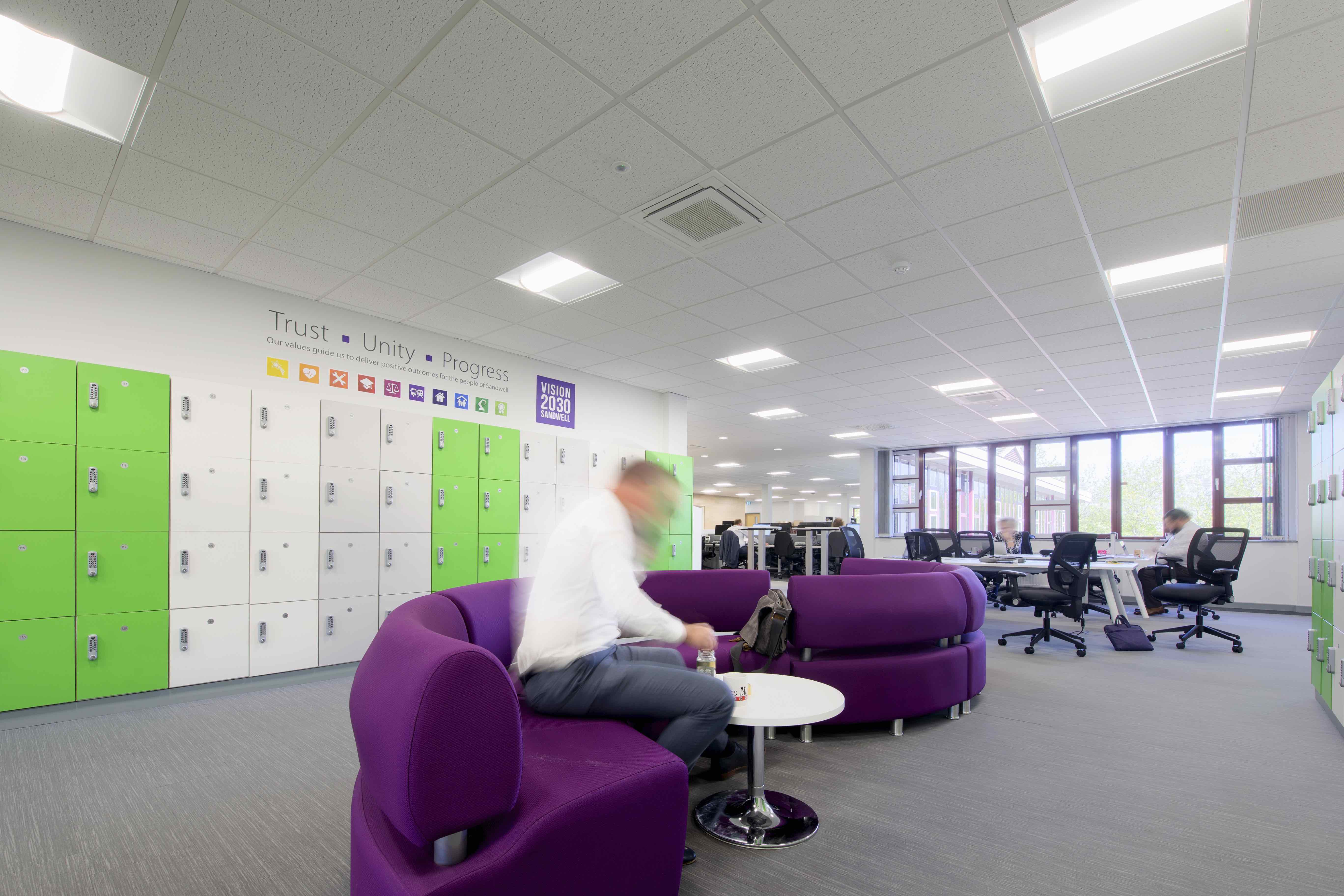A leading independent lighting manufacturer says retrofitting outdated lighting systems will be key to improving energy use as businesses face increasing operational costs.
Tamlite Lighting’s comments come at a time when energy prices are predicted to remain high for the next 18 months to two years. It believes that with the emphasis on innovative energy efficient technologies, many will have forgotten the impact simple building system upgrades can have when it comes to reducing energy consumption and operational costs.
By replacing outdated lighting with modern LED systems, coupled with intelligent control systems, buildings can be made more efficient, generating savings of between 60% to 80%.
With electricity for lighting accounting for approximately 15% of global power consumption and 5% of worldwide greenhouse gas (GHG) emissions, such upgrades can also reduce carbon emissions as part of wider sustainability efforts.

Debbie-Sue Farrell, Tamlite’s Marketing and Wellbeing Manager, comments: “Lighting is a huge source of energy consumption, and small changes can make a big difference. All too often building owners and operators are forgetting the simple steps that can play a pivotal role in saving energy and reaching ambitious climate targets.
“By replacing outdated lighting with modern LED systems, it cost effectively reduces energy use and carbon emissions. With an increasing need for building systems to perform both effectively and cost-effectively, such upgrades are easy to do and should be seen as a key component of any energy saving and decarbonisation plan.”



